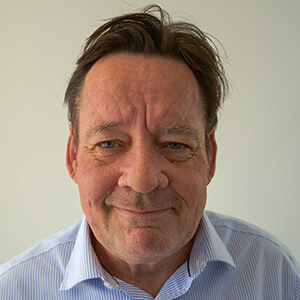
The stars are aligned for Saturn Metals’ (ASX:STN) Apollo Hill project in the heart of the eastern goldfields where managing director Ian Bamborough has rolled out numbers to support his conviction of gold as the gift that keeps on giving.
The Midas Touch has been anchored to the bedrock of soaring gold prices that have continued to deliver increasingly attractive development financials for Saturn’s 100% owned flagship – which made for riveting reading even before the yellow metal hit record prices in the first half of 2024.
When Saturn released its preliminary economic assessment (PEA) for the project in July last year, the metrics were already appealing at a robust A$2665/oz – subdued compared to today’s numbers hovering around record peaks at AU$3542/oz.
Under the initial calculations, Saturn had scripted a 10.5 year life of mine for the 105Mt JORC-compliant Apollo Hill resource grading 1.84Moz under a bulk tonnage heap leach production scenario.
Generating an average $90 million per annum pr- tax cash flow and $1 billion over the life of the mine, Saturn believes it can break even on capital investment within the first 2.8 years of production.
The miner has crunched the numbers based on pre-production capital of $304 million comprising $236m for a 10.0Mtpa processing facility and heap leach pad infrastructure, and, $67m for mining pre-production, other site infrastructure and accommodation.
The PEA was based on a planned mine inventory of 93.9 MT grading 0.54 g/tonne AU containing 1,6 million ounces of gold with an average strip ratio in the first two years of 1.2:1 and an average of 1:5:1 over the life of the project.
An IRR of 30% delivering an undiscounted pre-tax free cash flow of A$694m, calculated at $2,665/oz for Apollo Hill, leaps to A$1,461m at recalibrated prices of A$3300/oz.
Location, location, location
Located in a coveted, gold-plated postal code between Kalgoorlie and Leonora, with several multi-million ounce gold deposits operating or under consideration in the area, the Apollo project comprises 31 highly prospective exploration and prospecting licences over 1000km2.
A 250m depth opencut gives the bulk tonnage project big pit status with heap leaching, which is used in almost half of the world’s large gold mining operations, recording a global average of 65% gold recovered.
Saturn could raise the bar significantly after metallurgical test work results released in May from five Apollo column leach tests crushed to a P100 size of 4mm using High Pressure Grinding Roll’s (HPGR) which delivered an average recovery of 88%. Saturn used a coarser and arguably more conservative P100 8mm HPGR crush in its PEA economics.
“These spectacular and consistently high gold recovery results, from a representative Apollo Hill sample set, provide ongoing evidence for the application of simple, cost-effective heap leach processing at Apollo Hill,” Bamborough said.
“A thorough and persistent technical approach to our work has provided Saturn with a solid economic foundation from which to build the future of the Apollo Hill Asset,” he added.
Saturn will now step up a level with more comprehensive feasibility studies and scaled-up test work programs. The Company is working on an initial pilot project at Apollo which subject to permitting, approvals and final investment decision could start the ramp up to full scale operations in 2025.
Debt-free and with a wholly owned asset at Apollo Hill, Saturn has room to manoeuvre and is chomping at the bit to get the crushers grinding their teeth on site while gold prices remain historically strong.
It would be fair to describe Bamborough as sold on gold.
At the Future of Mining Perth 2024 Conference in June, he stressed Saturn’s credentials as a “gold focussed company”, when asked why not copper?
“We’ve been gold all the way and we’ll be gold in the future,” he told Hot Copper’s Sonia Madigan.
“I think that at AU$3520 (an ounce today), AU$855 above our preliminary economic assessment, what was a very positive economic story at that point has become incredibly exciting and because of that we are pushing hard to get the project into development.”
On that metric alone, Saturn could rest its case.
